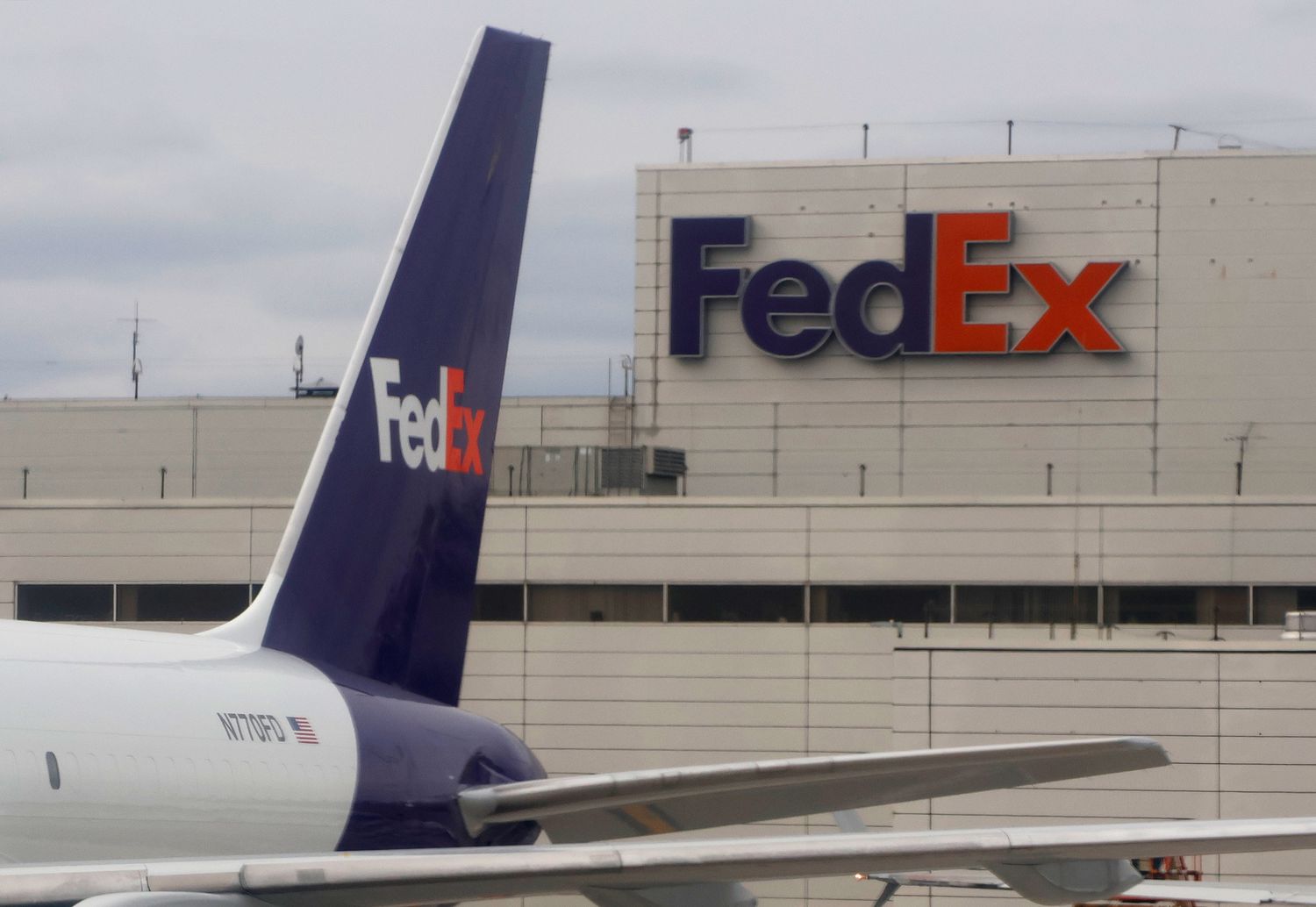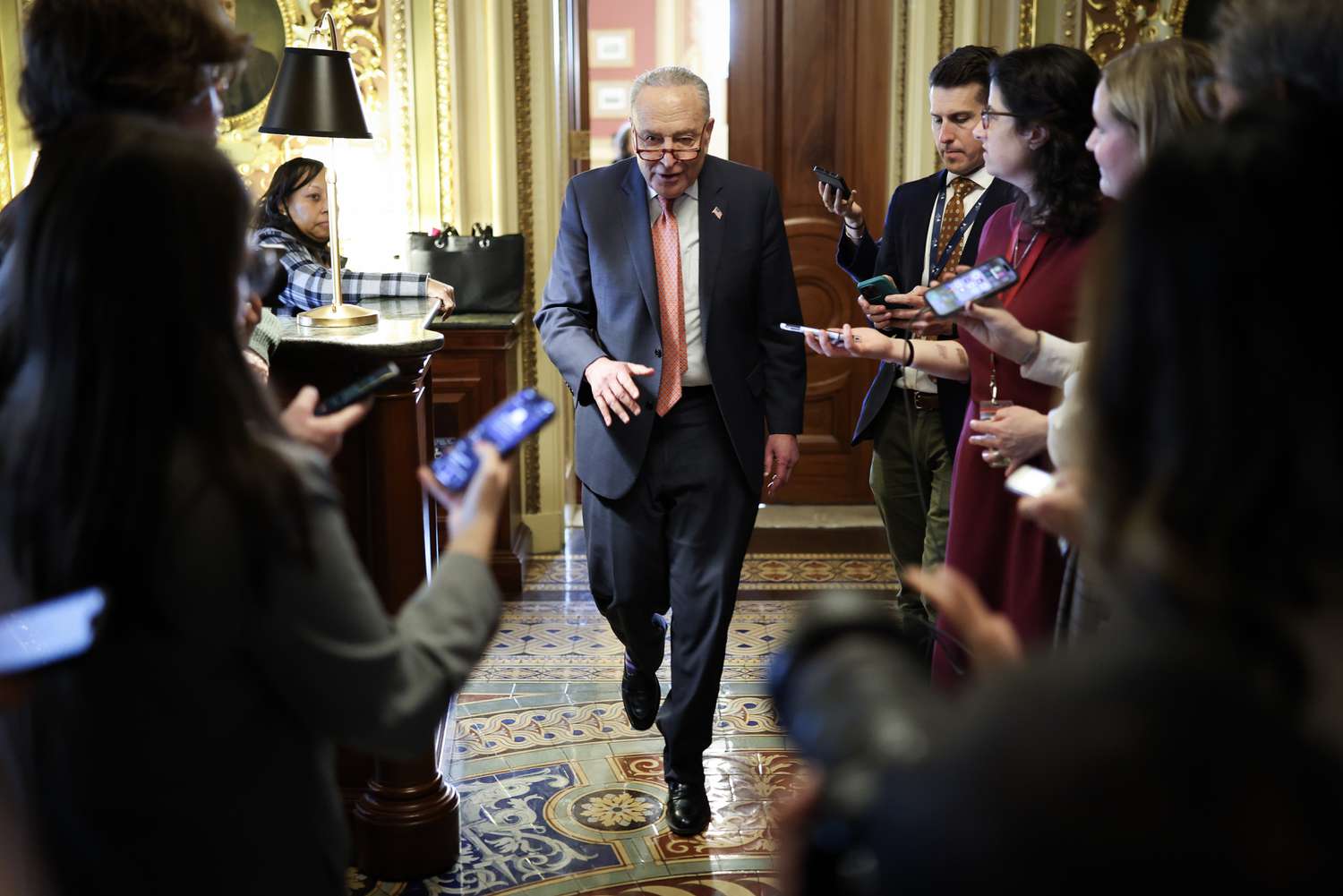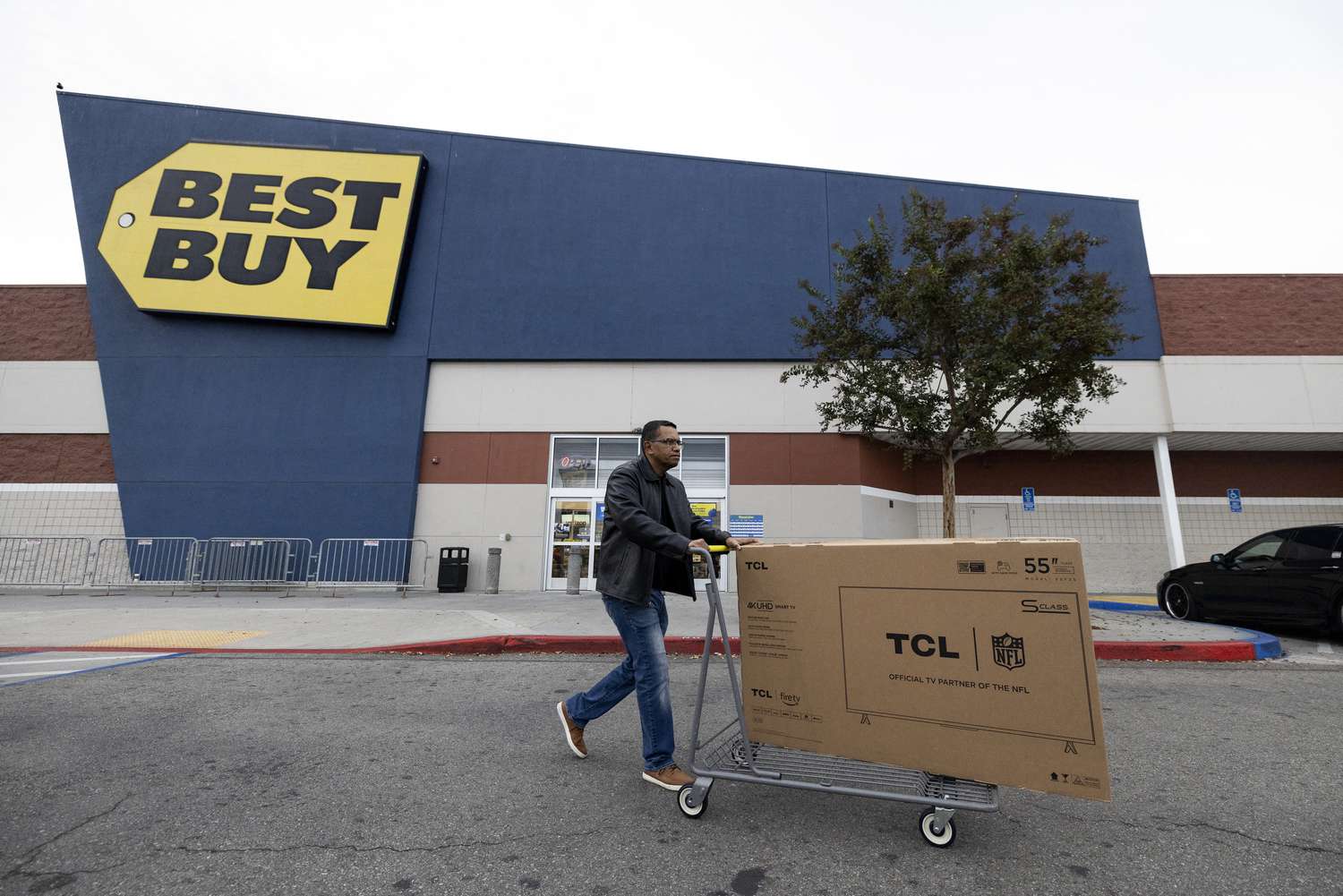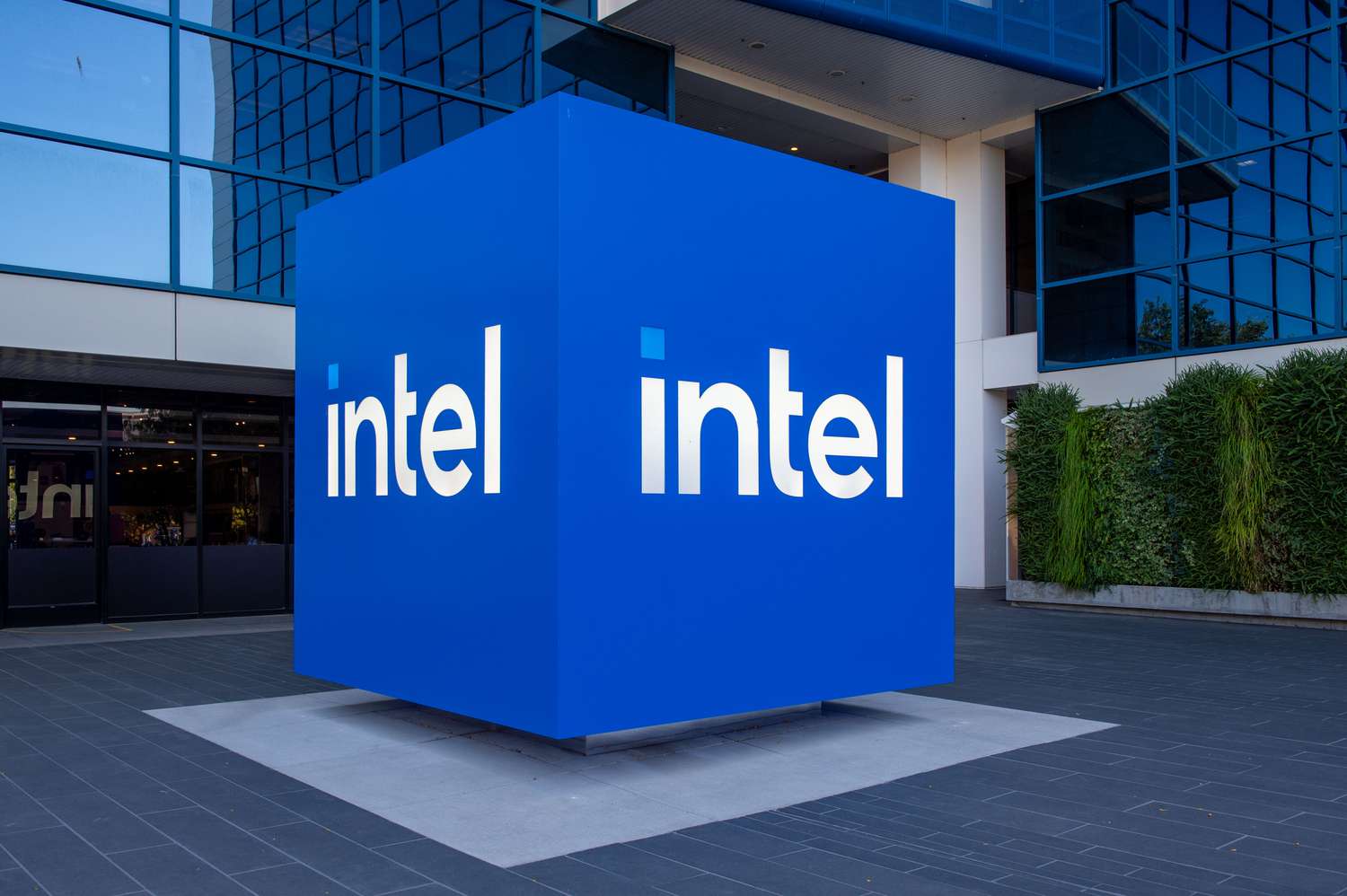Key Takeaways
- Recession fears reignited this week as a stock market sell-off put the S&P 500 into a correction.
- However, many economists and analysts feel that a full blown recession is still unlikely. Instead, they see a moderate slowdown ahead.
- Forecasters are keeping an eye on tariffs and consumer spending as they could signal slower than expected economic growth.
The sell-off in stock markets this week brought back recession chatter, but that doesn’t necessarily mean one is coming soon.
A full-blown recession is certainly possible and seems likelier after this week, particularly if spending from more cautious U.S. consumers plummets and prompts employers to lay off workers. But right now, the more likely scenario seems to be weaker growth, according to several economists and market analysts. Rather than firing on all cylinders, the U.S. economy may rise at a lackluster pace instead—which isn’t great news but is far from a panic signal.
“We believe the economy will avoid slipping into recession,” Wells Fargo economists wrote in a research note, pointing to “solid fundamentals” such as healthy household balance sheets as a buffer.
Even so, they noted the economy has already “lost some steam in early 2025,” which, combined with tariff uncertainty and federal government job cuts, could take a toll.
How Should You Think About the Stock Sell-Off?
The S&P 500 stock index officially fell into a correction—identified as a decline of at least 10% from a recent closing high—on Thursday, as investors grew increasingly concerned about President Trump’s unpredictable tariff announcements. The swiftness of the decline has been noteworthy—the benchmark index was trading at an all-time high just over three weeks ago.
The U.S. stock market rebounded on Friday with its best one-day performance of the year, but it wasn’t enough to keep the S&P 500 from posting a weekly loss for the fourth consecutive week as investors continue to fret about the potential economic consequences of the tariffs.
A steep drop in stock markets is a “classic recipe for a slower pace of spending by the wealthy, who drive household consumption,” Joe Brusuelas, chief economist at the accounting firm RSM US LLP. When stock markets rise, the so-called wealth effect makes upper-income households feel wealthier and thus spend more, giving a boost to the rest of the economy.
Lower stock prices have the opposite effect, and wealthier households are likely to tamp down their spending this quarter, Brusuelas said. However, the U.S. economy can absorb some slowing without entering an extended contraction.
“The current growth scare is overstated,” Brusuelas said. “My sense here: We’re just seeing a classic late-cycle business slowdown.”
He expects the economy to grow at an annual rate of 1.5% this quarter, weakening from the pace of 2.5% or more in the last few years. But that’s not unusual, he said, noting that growth dipped into negative territory at the start of 2022 before continuing to power through.
Tariffs Could Make Chances of a Recession Greater
The economy also faces risks over the next month as President Donald Trump weighs whether to proceed with tariffs on Canada and Mexico plus impose new reciprocal tariffs on goods from across the globe.
“If there are other tariffs that are put on, then we may need to take a step back and reassess the forecast on growth and consumption,” Brusuelas said, adding that the “waiting is the hardest part.”
For his part, Treasury Secretary Scott Bessent told CNBC on Thursday that he’s “not concerned about a little bit of volatility over three weeks.” The administration’s focus is on improving “the real economy” in the longer term, he said.
Satyam Panday, chief U.S. and Canada economist at S&P Global Ratings, sees a 25% chance of a U.S. recession in the next year as uncertainty takes a bite.
“There’s an increasing risk that supply-side shocks from tariffs, decelerating immigration growth trends, and curbs on the federal government workforce will create a lasting negative feedback loop,” Panday wrote in a research note.
The latest jobs report showed U.S. employers added 151,000 jobs in February, and the unemployment rate stayed low at 4.1%. But analysts and investors are increasingly brushing aside data they view as dated and looking ahead at whether they’ll deteriorate soon.
Slower Spending Could Be the Real Concern, Though
In recent surveys, consumers have said they’re feeling less confident about the road ahead. Companies ranging from American Eagle Outfitters to Delta Air Lines have flagged declined spending momentum.
CEOs had been remarkably bullish after Trump’s election, raising hopes of a corporate investment boom, but that seems to have eased too. In its quarterly survey, the Business Roundtable said its CEO Economic Outlook Index returned to last year’s levels of 84 after rising to 91 following Trump’s victory in November.
“The survey results signal that our members are cautious about the next six months but also see opportunities to improve growth,” said Chuck Robbins, the CEO of Cisco and chair of the Business Roundtable.
A separate survey of economists from the American Bankers Association also cited rising downside risks, but it nonetheless forecasted GDP growth of 2.1% in 2025 and 2026. The group sees a 30% chance of recession this year and next.
“The consensus forecast for positive economic growth and low recession risk is based on the expectation that new tariffs won’t stay in place for all of 2025,” said Luke Tilley, chief economist at Buffalo, New York-based M&T Bank and chair of the ABA’s advisory panel of economists. “The longer the tariffs stay on, the more the risk of recession grows.”
UPDATE—March 15, 2025: This article has been updated with the latest information about the performance of the stock market.



















